Descriptions of certain popular places, objects or persons, often tend to become annoyingly overused. In almost every article on Kashmir, you would find the words “paradise”, “heaven” and so forth. So before I started writing this article, I set myself a challenge: write an essay on your recent trip to Kashmir, without using the words “paradise” or “heaven” (except, of course, in this first paragraph).
And, almost immediately, I realize that this is a serious handicap. Kashmir is movingly beautiful. It is as if God was at His/Her creative best when painting the Kashmiri canvas. Therefore language, which is a human creation, is hopelessly insufficient to describe it. The easiest way out would be to just compare it with the Garden of Eden, and be done with it! But, I have a challenge at hand! So let me try, instead, to paint a picture of Kashmir in the next few paragraphs.
It was in mid-July that I, along with my family, landed in Srinagar. To be honest, we did choose Kashmir as our holiday destination with some amount of trepidation. When we landed, we were welcomed with stern warnings, prohibiting us from taking photographs, and armed policemen. It was a sudden reminder of Kashmir’s troubled past, its uneasy present and, perhaps, its uncertain future. Once outside the airport, the security became less intense- and we could at last absorb our surroundings.
The weather was perfect. Soon we found ourselves at the banks of the river Jhelum, and the houseboats, drifting lazily, was an emphatic reminder that we really were in Kashmir!
The first place we visited was the famous Mata Kheer Bhavani Mandir. It is an hour’s drive away from Srinagar. Swami Vivekananda had visited this holy temple. The ambience was wonderful. After offering our prayers to the Holy Mother, we were served a delicious meal by the CRPF jawans.
On our way back, we decided to try out the famous Dal Lake shikara ride. As is true elsewhere in Kashmir, a good round of bargaining is must. There is really no point in taking the motorized boats- it takes half the time to cover the lake, but is also half the fun! We got into one of the traditional shikaras, and we were off.
A shikara ride is the laziest, and most romantic, way you can spend your time. The setting sun shimmered in the still, clear waters of the Dal Lake. The whole of Srinagar, the lake included, is in a valley- and all around you’re encompassed by the magnificent mountains. Soon, the clouds parted in the distance, and we had a breathtaking view of the snowcapped ranges. All the while, the boatmen entertain you with traditional Kashmiri tunes, and sometimes plucking the wild lilies from the Lake.
We spent the next day in local sightseeing- primarily visiting the Mughal Gardens. All these gardens are built around a mountain spring passing through them. We started off with Chasma-Shahi, which is probably the smallest of these gardens. Built by Emperor Shah Jahan, the popular story is that the waters of this spring has a great taste, and possesses exceptional qualities. After drinking the water I didn’t feel extraordinary, but it did taste good.
Next, we went to Shalimar. Built by the Emperor Jahangir, the Shalimar Gardens is one of the most beautiful places I have ever seen. The mountain spring is made to cascade through a series of steps, and in the backdrop, there are the majestic mountains. You can literally step into the flowing water, or even bathe in it, if you are daring enough to brave the cold. The many artificial waterfalls make a stunning sight. At the end of the garden, there is a house with intricate decorations on the walls.
Our last stop for the day was the Nishat Gardens. This is right next to the Dal Lake. It is yet another mesmerizing synthesis of a cascading mountain stream and the Zabarwan Mountains behind it. Strangely enough, it was the weather which played spoilsport. It was extremely hot, and the sun literally burnt our skins. Most of the locals who visited the garden simply cooled off by taking a dip in the refreshing ice cold water. From the topmost terrace of Nishat, you can get a brilliant view of the entire Dal Lake.
The next day, we were off to the “meadow of flowers”, Gulmarg. The long drives in Kashmir are among the best things you can experience. Gulmarg is around two hours from Srinagar, and along the way, you can feast on some truly spectacular scenery. The main attraction in Gulmarg is, of course, the Gondola (cable-car) ride. You can save yourself a lot of trouble by booking tickets for the Gondola ride on the Internet. Moreover, the cable car station is only a fifteen minute walk from the car park. So you shouldn’t spend too much time bargaining for a horse ride (and a bargain is necessary), unless you have a member in your travel group who is too weak to walk the distance.
The Gulmarg Gondola is the highest cable car system in the world. And a few minutes into the ride, you’ll get ample proof of it. The ride is almost vertical most of the times. The first stage takes you from the meadows to a large valley higher up. If it isn’t snowing, you can take the second stage (which we did), which then takes you near the very summit of Mt. Afarwat Peak, at 13, 400 feet. The change in altitude is huge, and you should be ready for it. Once at the second stage, you can choose to trek right to the summit. There are also a large number of activities you can pick: like skiing and riding on the sledge.
The view from the top is staggering. All around, you’ll see huge glaciers and mighty snowcapped mountains. You’ll see just two colors: the clear blue of the sky, and the shiny white of the mountains. And then, at times, a cloud engulfs you- and everything turns misty. You are left with nothing to see, but you hear the winds- the song of the Himalayas.
The summit is also near the Line of Control- which is clearly demarcated by a signpost, bearing the now famous phrase: “Trespassers will be prosecuted”.
The next day, we were off to the “meadow of gold”, Sonamarg. The drive to Sonamarg is one of the best in the world. The road to Sonamarg follows the Sindh Nullah all along. As you travel towards Sonamarg, you can see the transitions of the mountain river: from a voluminous river downstream to a swift, raging current upstream. Jeremy Clarkson, in TopGear’s India Special episode, asked, while driving through Kashmir, whether he had taken a wrong turn somewhere and somehow ended up in Switzerland. The drive to Sonamarg is proof that he wasn’t too wrong in asking that.
Sonamarg is a lot less crowded than Gulmarg. And even more spectacular. There is a trekking route which goes right to the mighty Thajiwas Glaciers. If you are fit enough, you can trek right to the glaciers. It isn’t a particularly long trek, and the road isn’t very steep at most places. Thus, the trek should not be too challenging for most people. However, you can also avail the horse rides or hire a taxi, though be warned that both would be expensive.
If you choose not to trek, then you can go right up to the banks of the Sindh river. Because my grandmother was with us, this was what we did. And don’t think that you’ll miss anything, because the view from the bank of the stream is simply surreal. You can actually see the stream slowly making its way from the massive glacial field which lies in front of you. And the water is so clear; it’s like staring into glass. You can see such a variety of pebbles in the water bed. My mother picked one up for me- and I have kept it with me ever since. Even in the heat of Calcutta or Bangalore, it still remains cold and smooth to touch. Who knows how long it lay beneath the cold flowing waters.
Sonamarg
Our last stop was the picturesque valley of Pahalgam, on the banks of the beautiful Lidder River. Pahalgam is one of the main stops for the famous Amarnath Yatra. We were lucky enough to visit the valley when the pilgrimage was on. Thus, the whole area was alive with people. Notable places to see in Pahalgam include the Golf course and the Mamal Temple. There is a spring which arises from within the temple, and the water is supposedly remarkably pure. It is a wonderful place, peaceful and serene- offering a great view of the Lidder below and the massive mountains. However, a sight soon caught our eyes: the mountain tops were completely covered in dense clouds. We quickly made our way back to hotel, fearing it would rain soon. We weren’t disappointed.
Soon, torrential rain enveloped the entire region. Watching the rains, while nestled in the lap of the Himalayas, is probably as good as it gets.
On the final day of our journey, we visited three local places. The first one was Chandanwari. This is the last point up to which vehicles can go during the Amarnath pilgrimage. From here on starts the long and treacherous trek to the Shri Amarnath Cave. We basked in the holy atmosphere: walking with sadhus (some of whom completed the trek barefoot or with minimal winter clothing), drinking hot coffee from the makeshift stalls, watching pilgrims bargain with the horse owners, and so forth. Sometimes, the pilgrimage is halted owing to inclement weather. Luckily enough, we enjoyed a beautiful day.
Next, we went to Beetab Valley, which the locals described as a Switzerland in India. They weren’t wrong. Beetab Valley is essentially a picnic spot, and here you just need to laze about. You can even get your picture clicked with a bunny rabbit! We had lunch at Beetab, and then were off to our final destination: Aru Valley.
Of all the places we visited in Kashmir, I guess Aru Valley is my favorite. The huge meadows, the staggering view, the quiet and peaceful village: it somehow adds up to something greater than its parts. There is a moderately steep hill, and on climbing it, I arrived at a huge meadow. And right behind it was a mountain: majestic, yet not making a sound: silent in its white shining armor.
The Amarnath Yatra
Me: At Pahalgam! Braving the cold waters
And then it was time to return.
There is so much that I still want to stay. However, I guess there are some things which really are inexpressible: the sights and sounds of the village in Pahalgam at night, the smell of hot chapatis, the joy of seeing green apples in a nearby tree, the helicopters which ferried pilgrims all day to the Amarnath shrine…Kashmir really is a treat for the senses.
What a trip it had been! The smiles, the sights, the sounds, the snow: it all comes together to rejuvenate you like nothing else. And like the lilt of the music Wordsworth spoke of in “The Solitary Reaper”, you’ll bear the music of Kashmir in your heart long after. Even today, when the rigors of my daily life become too tiring, I close my eyes and touch the smooth cold pebble from Sonamarg. And at once, I can hear the music of the flowing waters of the Sindh or the Lidder- a music which is as captivating today, as it has been for centuries.
Kashmir, truly, is paradise. I guess I lose the challenge after all. But I have no regrets. The word “paradise” cannot find a more fitting use.
Dal Lake
All photos and videos in this article were captured on a Canon PowerShot SX 150IS by Suvam Mukherjee.
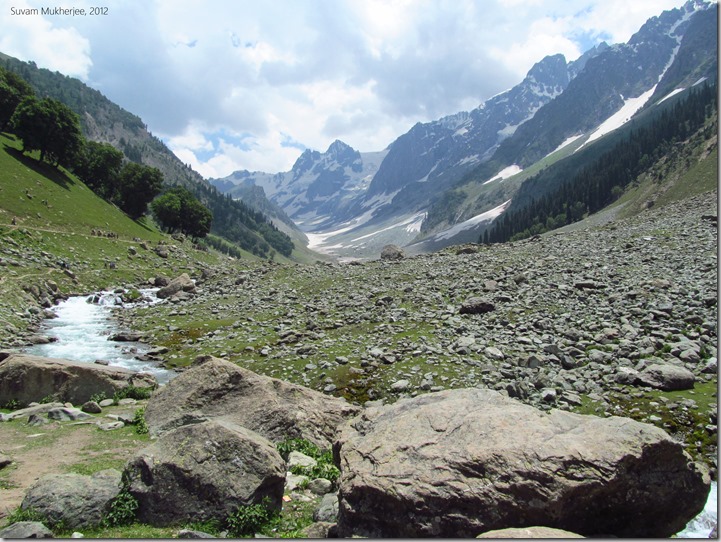
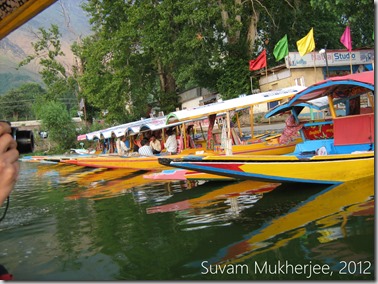
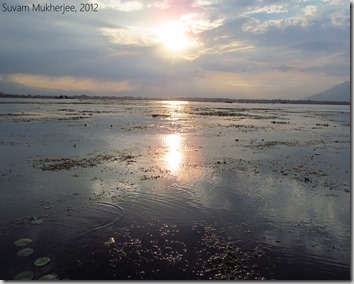
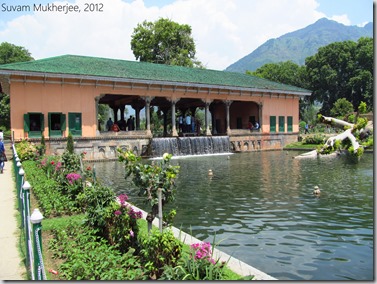
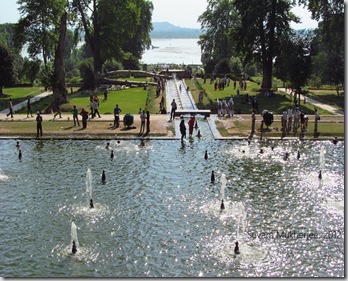
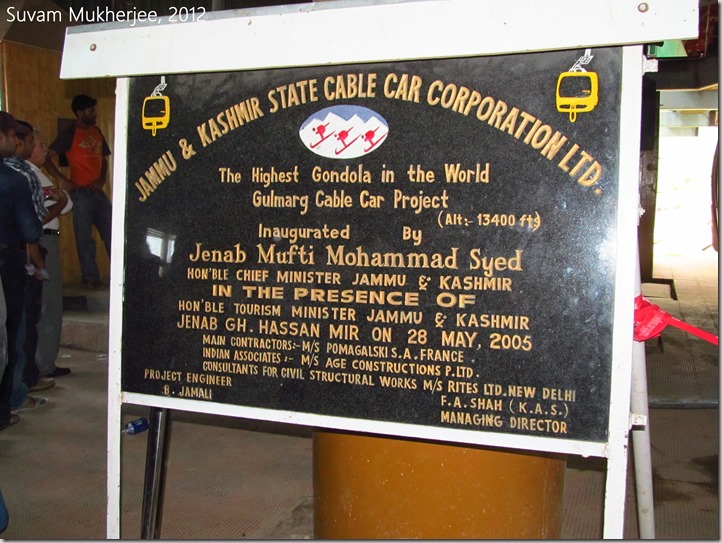
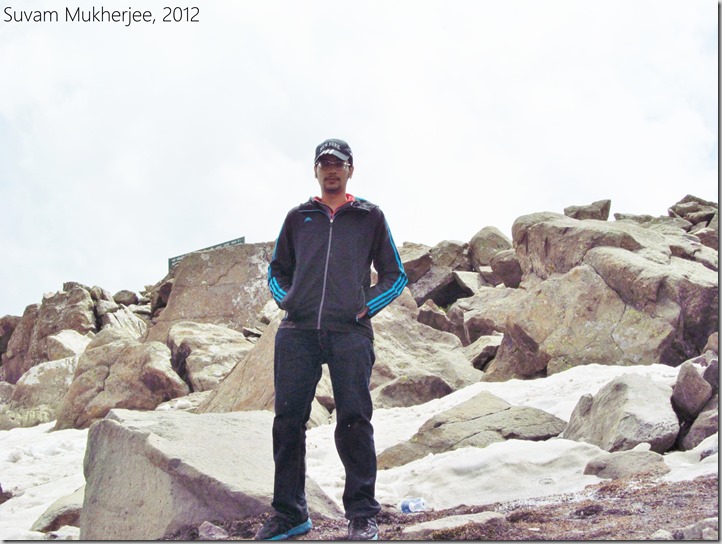
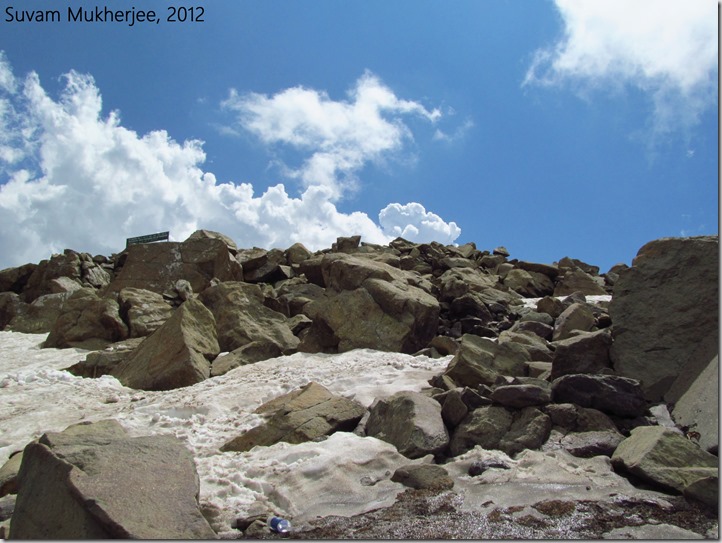
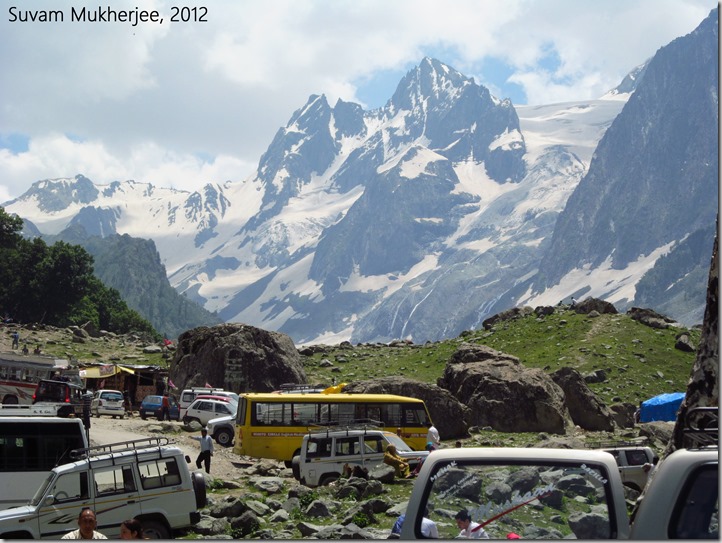
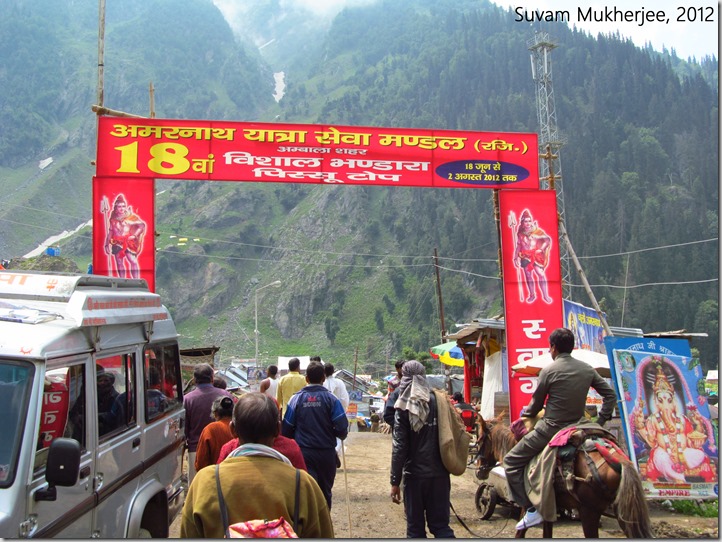
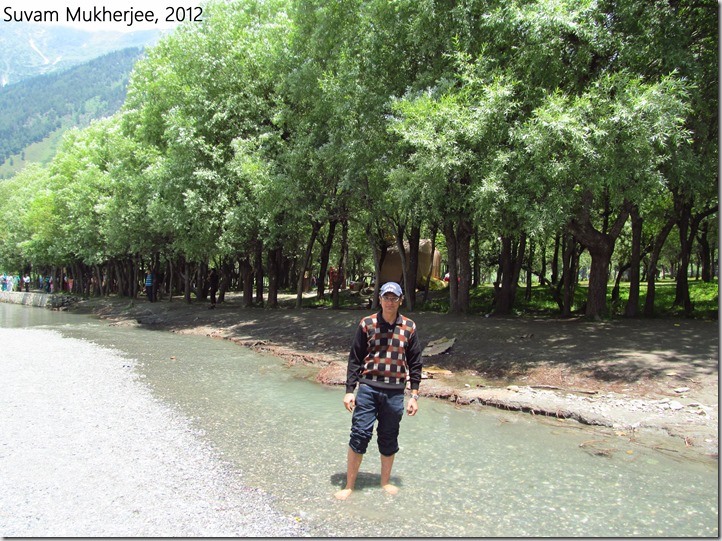
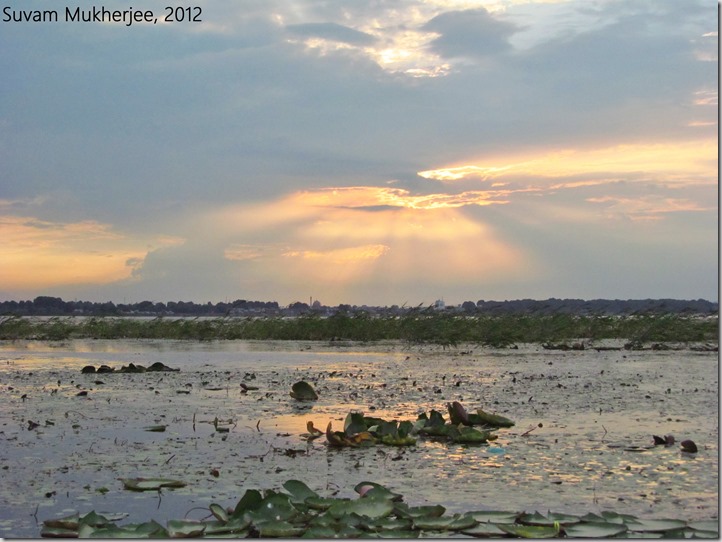
Hi Suvam, nice post. Absolute Scenic beauty. I’ll make sure to visit Srinagar by the end of this year.
And if you are interested in writing travel related article’s contact me or just visit us at :
http://www.myguesthouse.com/chaturyatri/
Hey man, nice job. I think it will not take much time for you to complete world tour !!